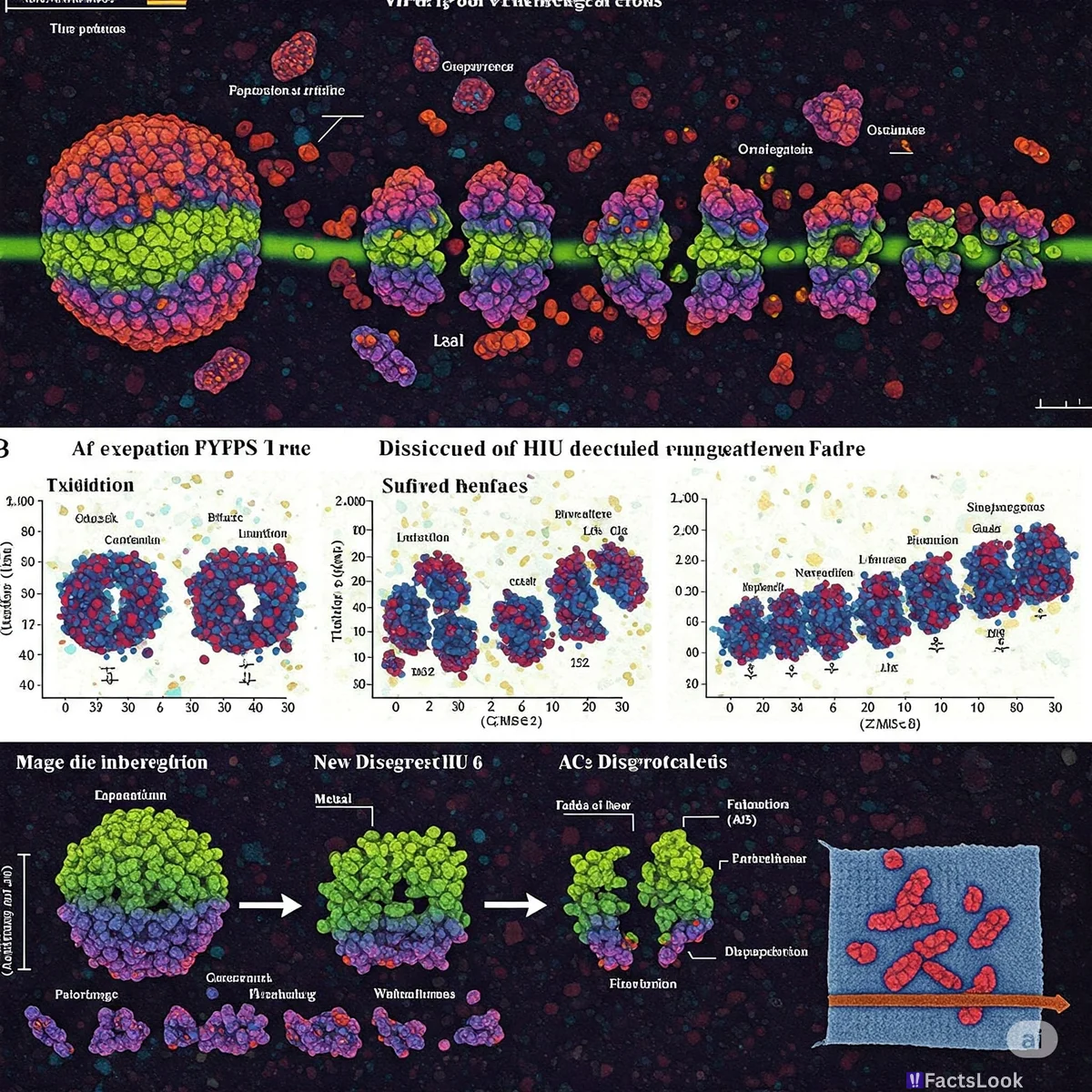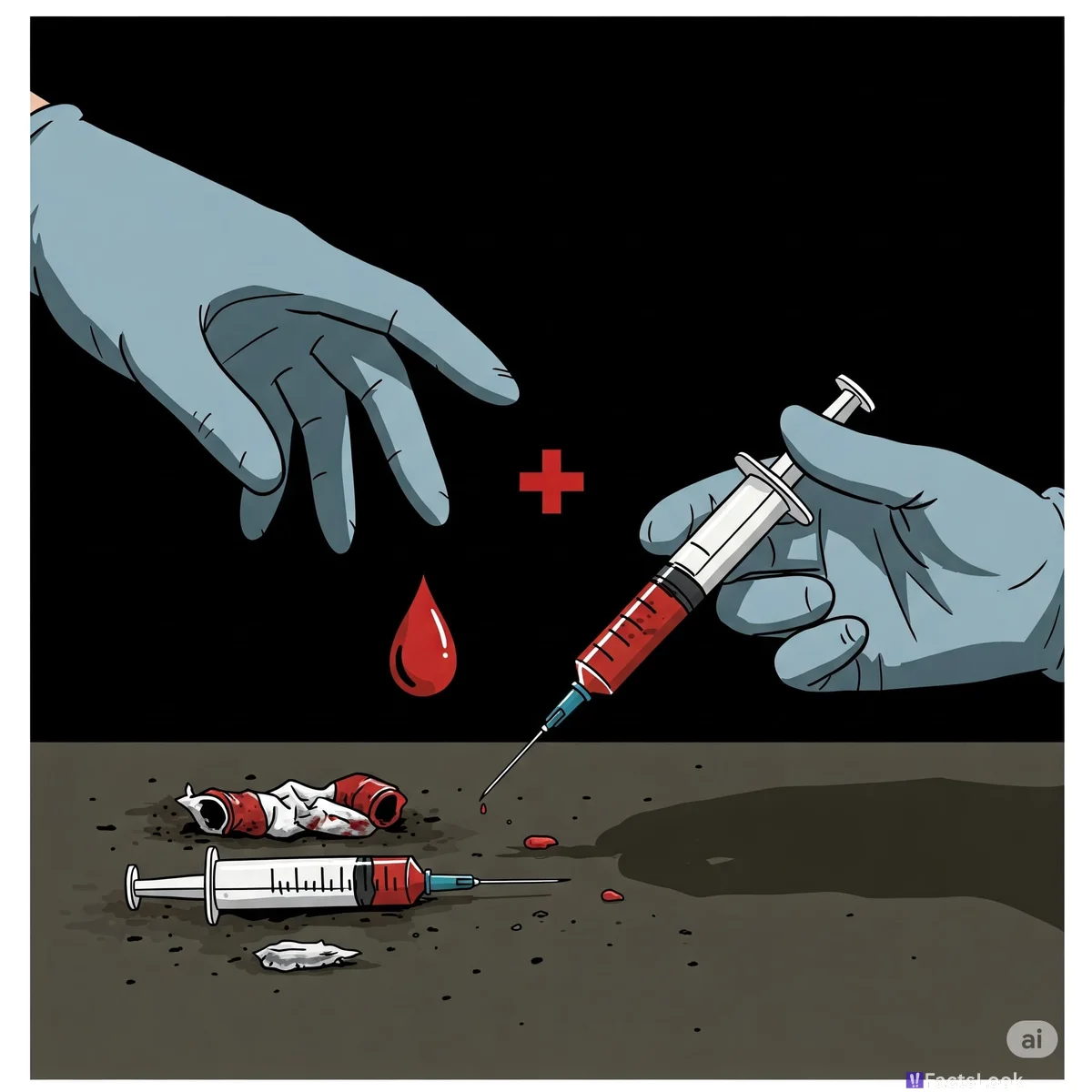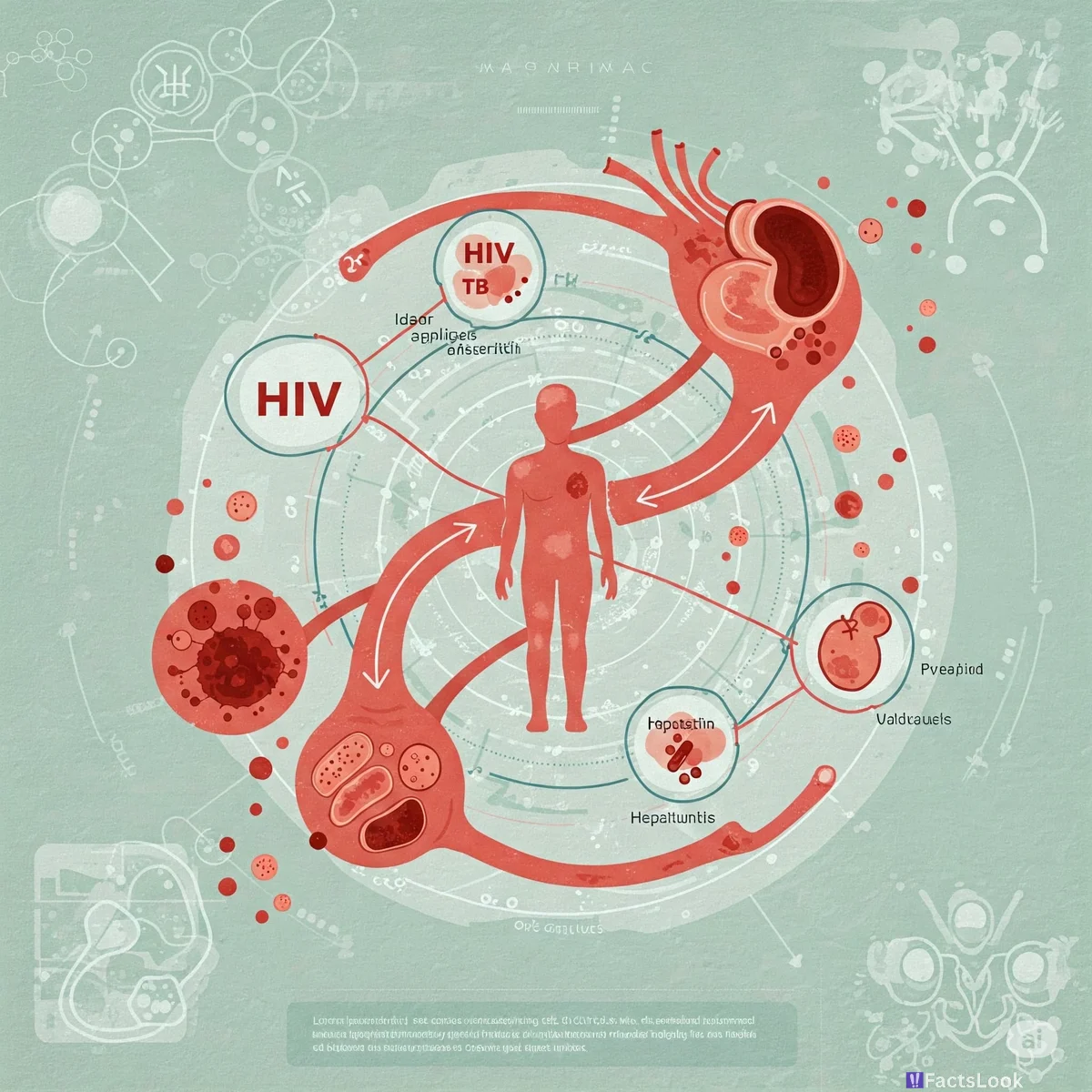25 Eye-Opening HIV & AIDS Facts: Awareness for 2025 & Beyond | FactsLook
The Silent Epidemic: Why HIV Awareness in 2025 Matters More Than Ever

Despite incredible medical advancements, HIV remains a global health challenge. This isn't a disease of the past; new infections occur daily. Increased awareness, reduced stigma, and readily available testing & treatment are vital for reaching the ambitious goals set for HIV eradication by 2030. Let's delve into 25 facts that challenge common misconceptions and promote informed action.
Fact 1: HIV Isn't the Only Virus – There Are Different Strains
HIV actually comprises two main types: HIV-1 and HIV-2. HIV-1 is the most common globally and responsible for the vast majority of infections. HIV-2 is primarily found in West Africa, progresses slower, and is less easily transmitted. Understanding these strains is crucial for tailored treatment approaches.
Fact 2: Mother-to-Child Transmission Can Be Virtually Eliminated

With proper antiretroviral therapy (ART) during pregnancy, labor, and breastfeeding, the risk of a mother passing HIV to her child can be reduced to less than 1%. This is a remarkable achievement in public health and underscores the importance of prenatal HIV testing.
Fact 3: HIV Targets Specific Immune Cells
HIV primarily attacks CD4 T cells, which are crucial for coordinating the immune response. As HIV destroys these cells, the body becomes increasingly vulnerable to opportunistic infections. Monitoring CD4 cell counts is a key indicator of disease progression and treatment effectiveness.
Fact 4: Window Period – Testing Too Soon Yields False Negatives
After HIV exposure, there's a 'window period' before tests can accurately detect the virus. This can range from several days to months. Testing too early may yield a false negative result, making it crucial to retest after the window period is over. [Source: CDC - https://www.cdc.gov/hiv/risk/testing/afterexposure.html]
Fact 5: Oral Sex and HIV – The Risk is Real, But Lower
While the risk is lower than with anal or vaginal sex, HIV *can* be transmitted through oral sex, particularly if there are sores or bleeding gums. Consistent condom use significantly reduces this risk. It's a common misconception that oral sex is 'safe' from HIV.
Fact 6: HIV Can Survive Outside the Body for a Limited Time

HIV is a fragile virus and doesn't survive long outside the human body. It can only survive for a short period in dried fluids like blood and semen. Transmission requires direct contact with infected bodily fluids.
Fact 7: HIV Doesn't Discriminate – Anyone Can Be Infected
HIV doesn’t care about age, gender, race, sexual orientation, or socio-economic status. Anyone who engages in risky behaviors can contract the virus. Stigma and discrimination often prevent vulnerable populations from accessing testing and treatment.
Fact 8: Undetectable = Untransmittable (U=U) – A Game Changer

When a person living with HIV takes ART consistently and maintains an undetectable viral load, they CANNOT sexually transmit the virus to others. This is scientifically proven and is known as 'Undetectable = Untransmittable,' or U=U. [Source: UNAIDS - https://www.unaids.org/en/resources/undectable-equals-untransmittable]
Fact 9: Sharing Needles is a Major HIV Risk

Sharing needles or syringes for injecting drugs is a highly efficient way to transmit HIV. Harm reduction programs, including needle exchange, are crucial for preventing the spread of HIV among drug users.
Fact 10: Rapid HIV Tests Provide Quick Results

Rapid HIV tests can provide results in as little as 20 minutes, often using a simple finger-prick blood sample or oral fluid swab. These tests make early detection and treatment initiation more accessible.
Fact 11: HIV Can Cause Non-Sexual Complications
Beyond opportunistic infections, untreated HIV can contribute to cardiovascular disease, kidney disease, liver damage, and certain cancers, even in the absence of other risk factors. Early diagnosis and treatment can mitigate these risks.
Fact 12: PrEP (Pre-Exposure Prophylaxis) – Preventing HIV Before Exposure
PrEP involves taking a daily pill to prevent HIV infection in HIV-negative individuals at high risk. It’s over 99% effective when taken consistently. PrEP is a powerful tool in preventing new infections. [Source: CDC - https://www.cdc.gov/hiv/risk/prep/index.html]
Fact 13: Post-Exposure Prophylaxis (PEP) – Emergency HIV Prevention
PEP involves taking ART within 72 hours of potential HIV exposure to prevent infection. It's crucial to seek medical attention *immediately* after a high-risk event. PEP is not a substitute for safer practices.
Fact 14: HIV & Aging – People with HIV are Living Longer

With effective ART, people living with HIV can now live long and healthy lives. However, they may experience premature aging and age-related comorbidities. Regular monitoring and proactive healthcare are essential.
Fact 15: Stigma is a Huge Barrier to HIV Prevention & Treatment

Stigma surrounding HIV can lead to discrimination, isolation, and fear of testing. Addressing stigma is crucial for encouraging people to get tested, seek treatment, and disclose their status. Education and open conversations are key.
Fact 16: HIV Doesn't Weaken Immunity Immediately
After initial infection, many people experience a period of asymptomatic infection. During this time, the virus is replicating, but the immune system hasn't yet been severely weakened. Regular testing is vital to identify infection early.
Fact 17: HIV Can Be Managed – It’s No Longer a Death Sentence

Antiretroviral therapy (ART) can suppress the virus to undetectable levels, allowing people with HIV to live long, healthy lives and prevent transmission. HIV is now considered a chronic, manageable condition, not a death sentence.
Fact 18: The Global Impact – Disparities in Access to Treatment
While significant progress has been made, access to HIV prevention and treatment remains unequal globally. Many low- and middle-income countries still face significant challenges in providing adequate care.
Fact 19: Research is Ongoing – Towards a Cure

Scientists are actively researching a cure for HIV, exploring various approaches like gene therapy, therapeutic vaccines, and broadly neutralizing antibodies. Although a cure remains elusive, progress is being made.
Fact 20: HIV and Mental Health are Intertwined
Living with HIV can significantly impact mental health, leading to anxiety, depression, and stigma-related stress. Integrated mental health care is crucial for supporting people living with HIV.
Fact 21: HIV Can Be Transmitted Through Breastfeeding

HIV can be transmitted through breastfeeding. In countries where safe alternatives are available, women living with HIV are advised to avoid breastfeeding. ART significantly reduces this risk.
Fact 22: Long-Term Survivors – A Resilient Community
Long-term survivors are individuals who have lived with HIV for decades. They represent a testament to the power of treatment and resilience. Their experiences provide invaluable insights into long-term HIV care.
Fact 23: The Intersection of HIV & Other Health Issues

HIV can exacerbate other health conditions, such as tuberculosis and hepatitis. Integrated care addressing both HIV and co-infections is essential for optimal health outcomes.
Fact 24: HIV Awareness Campaigns are Crucial

Consistent and targeted HIV awareness campaigns are vital for increasing knowledge, reducing stigma, and promoting testing and prevention. These campaigns must reach all communities, especially those most affected.
Fact 25: The Future of HIV Awareness in 2025 and Beyond
Achieving the global goal of ending the HIV epidemic by 2030 requires sustained commitment, increased funding, innovative prevention strategies, and unwavering dedication to reducing stigma. Continued awareness is key. Stay informed and be a part of the solution.
Comments
Loading comments...